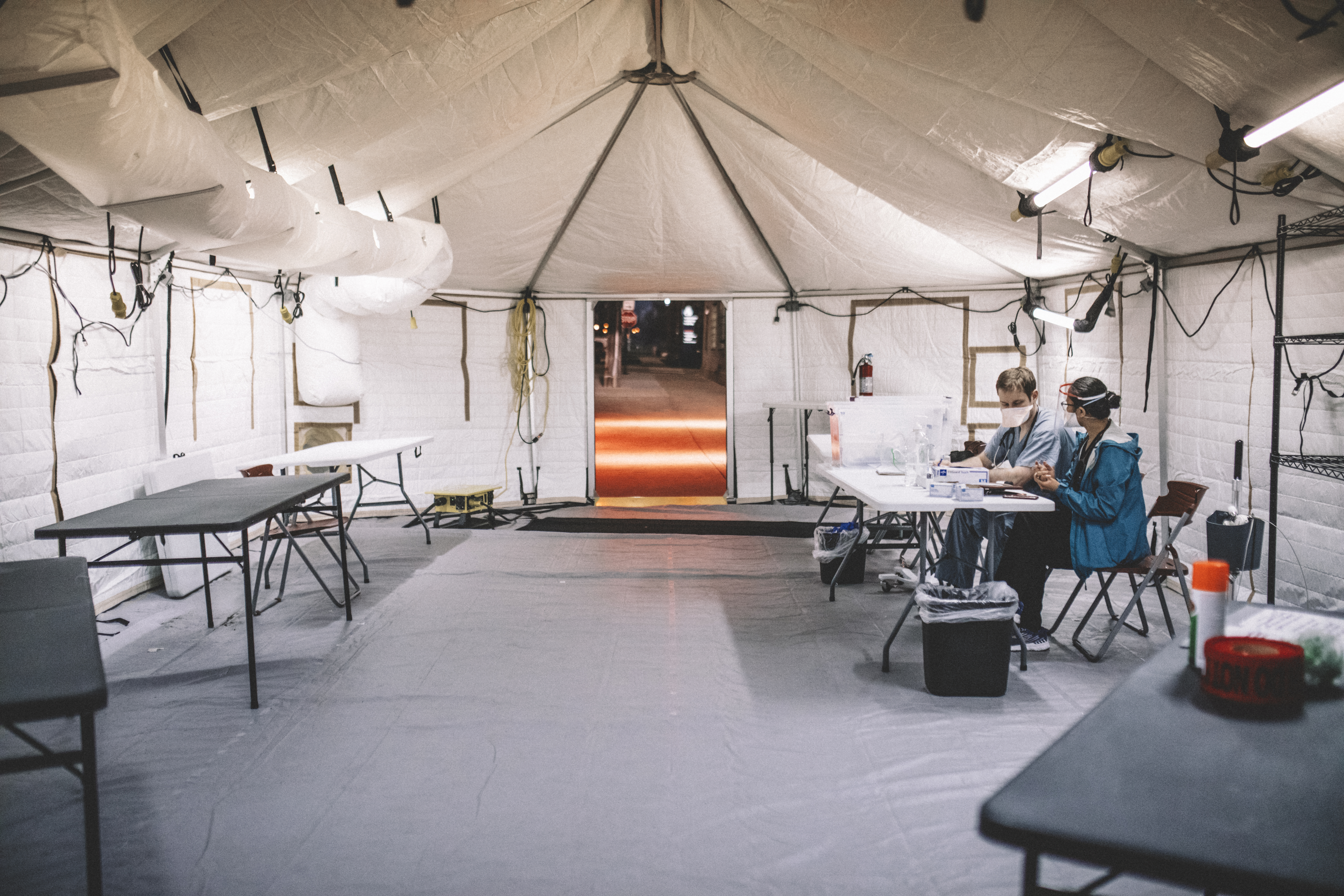No, Chicago hasn't reached its peak number of coronavirus cases yet, but that's a good thing, according to one of the city's top health officials, Chicago Department of Public Health Commissioner Dr. Allison Arwady.
Arwady said Wednesday that data indicates the city's curve is starting to flatten, but that has also pushed the peak later than officials had earlier predicted.
"Ironically, when you don't see that very, very sharp increase, you see the flattening of the curve, it actually pushes that peak a little bit later," Arwady said. "So the reason why we're not quite at peak is actually really good news. And I know that's hard to hear that, you know, we may need to stay in longer, we're not going to be able to just go right back to normal, but moving that peak later is the sign. It's the reason why if you or someone in your family needs to go to the hospital or gets sick with COVID and needs a ventilator, it's available. And we want to make sure it continues to be available."
Flattening the curve doesn't mean the area's cases will start dropping quickly, however, and it's not a sign the city is in the clear, Arwady noted.
As the city nears the fourth week of a statewide stay-at-home order, officials revealed cases are doubling every 12 days, compared to every two to three days one month earlier.
"I want you to understand we're at almost 10,000 cases," Arwady said. "That could mean that in 12 days, we could have another 10,000 cases. So this is not over. But that rate of increase flattening is the most important sign. And we need to get to a point where it is entirely flat, and we stop talking about doubling. And we start talking about it coming down. And we're going to get there. But we're not there just yet."
Chicago Mayor Lori Lightfoot said the new data indicates mitigation efforts like social distancing and the closures of several city businesses, trails, events and more "have been effective."
"These gains represent some of the most hopeful signs yet that we are on the right path, and our work is paying off. Each and every one of us should be very proud of this," she said.
But officials stressed - the crisis in the city is not over and more needs to be done before stay-at-home guidelines can be lifted.
"All of you staying home has in fact saved lives already. I want to thank you for that and also to let you know we're a long way from done," Arwady said.
"We should not confuse improvement with success," Lightfoot said. "Despite our recent gains, I want all Chicago to hear me loud and clear. We still have a long way to go."
Lightfoot's comments echo those from Illinois Gov. J.B. Pritzker and state health officials who cited evidence that Illinois as a whole is making progress in its response to COVID-19.
Similar to the city, the state has seen a significant increase in so-called “doubling rates,” a statistic that shows how rapidly the number of coronavirus cases is doubling in the state, Pritzker said Tuesday.
As of Sunday, Pritzker said cases are doubling every 8.2 days, and the number of deaths related to the virus is doubling every 5.5 days.
Pritzker credited the state’s “stay-at-home” order and social distancing guidelines but encouraged residents to continue following those rules.
“The reason the doubling time is prolonging is that these measures that have been dictated and followed, so we have to stay the course,” Dr. Ngozi Ezike, director of the Illinois Department of Public Health, said.
So what will the data look like as Chicago moves closure to lifting restrictions?
"What we need to see is a sharp decline and then an ending of new cases or as close to zero as possible," Lightfoot said.



